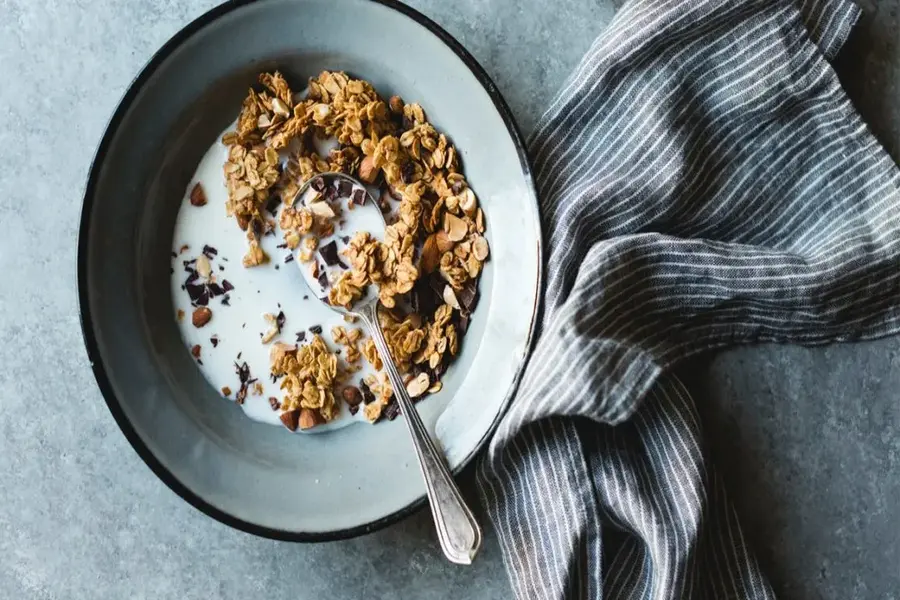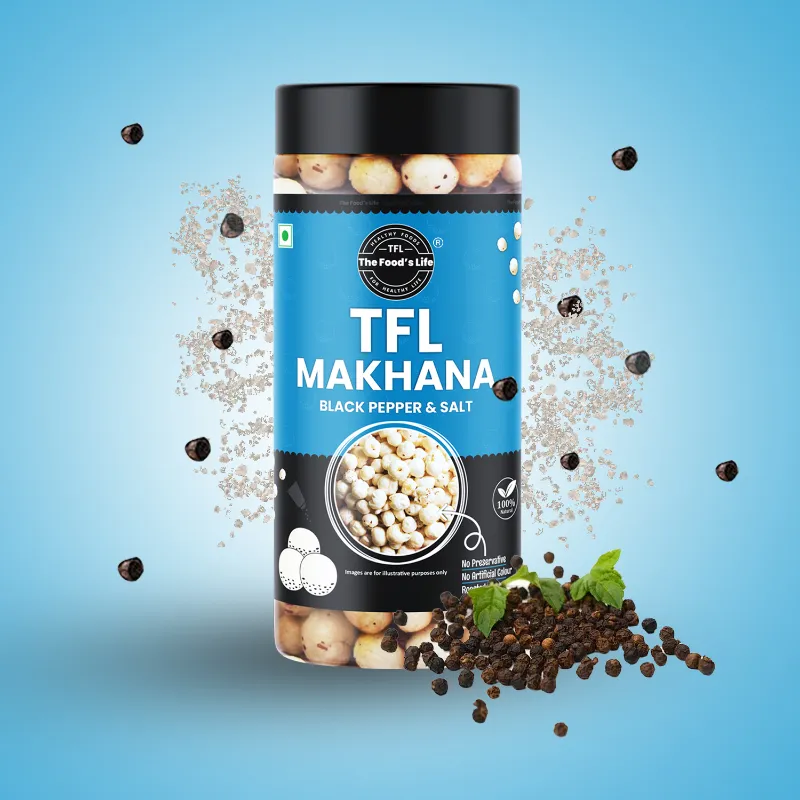Creating a balanced eating plan tailored to your personal health goals and preferences is crucial for maintaining a healthy lifestyle. A well-designed eating plan can help you achieve specific health objectives, whether it's weight management, improved energy levels, or overall well-being. In this blog, we’ll guide you through the steps to craft a personalized eating plan and suggest how incorporating products from TFL Food can enhance your dietary choices. Before creating an eating plan, it’s essential to define your health goals. These goals can vary widely depending on your individual needs: Weight Management: If your goal is to manage your weight, focus on creating a calorie-controlled plan that includes a balance of macronutrients—proteins, fats, and carbohydrates. Increased Energy Levels: To boost your energy, emphasize nutrient-dense foods that provide sustained energy and support metabolic function. Improved Digestion: For better digestive health, incorporate high-fiber foods that promote regular bowel movements and a healthy gut. Clearly outlining your goals will help you design an eating plan that aligns with your specific needs and preferences.
Your eating plan should reflect your personal tastes and preferences to ensure it’s enjoyable and sustainable. Consider the following factors: Food Preferences: Include foods you enjoy and can realistically incorporate into your daily routine. Whether you prefer plant-based options or lean meats, choose foods that fit your taste and lifestyle. Cultural and Dietary Restrictions: Take into account any cultural or dietary restrictions, such as vegetarianism, gluten intolerance, or food allergies, to create a plan that is both inclusive and practical. Meal Frequency: Decide how many meals and snacks you prefer to have each day. Some people thrive on three main meals, while others prefer smaller, more frequent meals.
By aligning your eating plan with your preferences, you’ll be more likely to stick with it and achieve your health goals.
A balanced eating plan includes a variety of foods to ensure you receive all the essential nutrients. Here’s how to create a well-rounded plan: Incorporate Macronutrients: Include a mix of proteins, healthy fats, and carbohydrates in each meal. Proteins (such as lean meats, legumes, and nuts) support muscle health, healthy fats (like avocados and olive oil) promote heart health, and carbohydrates (whole grains and fruits) provide energy. Focus on Micronutrients: Ensure your plan includes foods rich in vitamins and minerals. Fruits, vegetables, and whole grains are excellent sources of essential nutrients that support overall health. Include Hydration: Proper hydration is a key component of a balanced diet. Drink plenty of water throughout the day and include hydrating foods like cucumbers and watermelon in your meals.
Controlling portion sizes and timing your meals can help you manage hunger and maintain energy levels: Portion Control: Use measuring tools or visual cues to help control portion sizes. Eating balanced portions of each food group can help you avoid overeating and ensure you’re getting the right amount of nutrients. Meal Timing: Eat regular meals and snacks to keep your metabolism stable. Avoid skipping meals, as this can lead to overeating later in the day.
Healthy snacks can support your eating plan and keep you satisfied between meals. TFL Food offers a variety of nutritious snacks that can fit seamlessly into your balanced eating plan: Granola: Available in Original Honey Almond and Chocolate flavors, granola provides a good source of fiber and can be added to yogurt or enjoyed on its own as a nutritious snack. Oats Cookies: With options like Oat-Jaggery, Coconut, and Chocolate, these cookies offer a balanced treat made with wholesome ingredients that fit into a healthy eating plan. Makhana: Flavors such as Salt and Pepper, Himalayan Salt, and Peri Peri offer a crunchy, protein-rich snack that can satisfy cravings while supporting your dietary goals. Vacuum-Fried Vegetables: Crispy Bhindi and Crispy Corn provide a tasty, nutrient-dense snack that adds variety and crunch to your eating plan.
Creating a balanced eating plan is an ongoing process that may require adjustments. Monitor how you feel and track your progress toward your health goals. Be open to making changes based on your experiences and feedback from your body. Adjust portions, meal timing, or food choices as needed to maintain a plan that continues to meet your needs and preferences. Designing a balanced eating plan that fits your personal health goals and preferences involves understanding your objectives, assessing your dietary preferences, and including a variety of nutrient-rich foods. By incorporating nutritious products from TFL Food, such as Granola, Oats Cookies, Makhana, and Vacuum-Fried Vegetables, you can enhance your eating plan and support your health goals. Focus on creating a plan that is enjoyable, sustainable, and adaptable to your lifestyle. Embrace the process of fine-tuning your eating plan and enjoy the benefits of a well-balanced, healthy diet.Understanding Your Health Goals
Assessing Your Dietary Preferences
Building a Balanced Eating Plan
Portion Control and Meal Timing
Incorporating Nutritious Snacks
Monitoring and Adjusting Your Plan
Conclusion
FREE DELIVERY ON ORDERS ABOVE ₹500/-
FREE DELIVERY ON ORDERS ABOVE ₹500/-
FREE DELIVERY ON ORDERS ABOVE ₹500/-
FREE DELIVERY ON ORDERS ABOVE ₹500/-
FREE DELIVERY ON ORDERS ABOVE ₹500/-
FREE DELIVERY ON ORDERS ABOVE ₹500/-
FREE DELIVERY ON ORDERS ABOVE ₹500/-
FREE DELIVERY ON ORDERS ABOVE ₹500/-
FREE DELIVERY ON ORDERS ABOVE ₹500/-
FREE DELIVERY ON ORDERS ABOVE ₹500/-

Recommended Products





